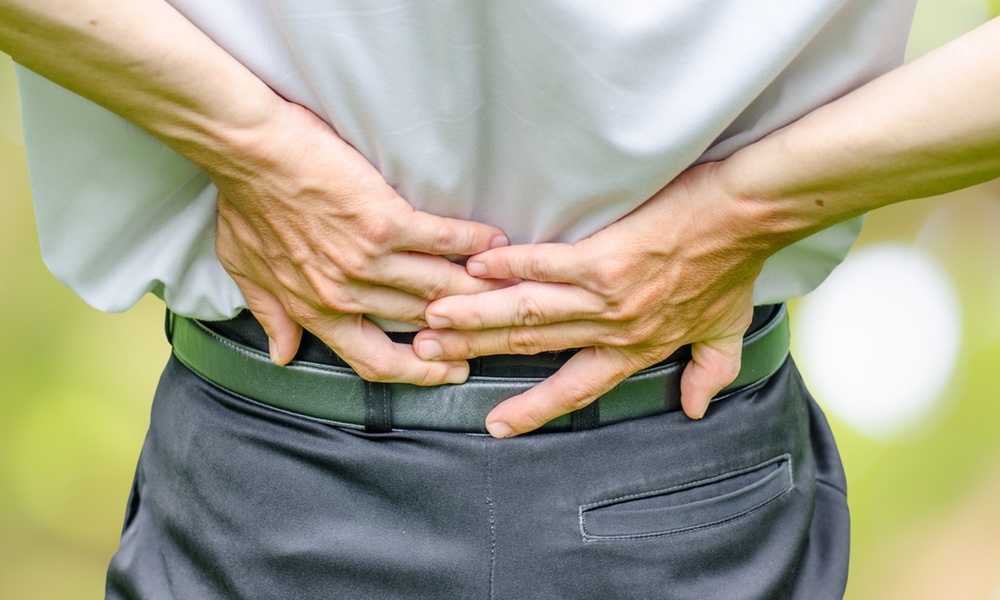Cell phone elbow initially shows up as numbness, tingling or pain in the elbow, forearm or hand. Most often, this will be in the pinky, ring finger or back of the hand over these two fingers. It's caused by compression of the ulnar nerve, where it passes along the elbow. Flexing the arm puts pressure on the nerve; the further back you flex, the more pressure there is. This blocks blood flow to the nerve. The nerve shows its unhappiness with this by no longer working properly. Medical folks refer to cell phone elbow as cubital tunnel syndrome.
The ulnar nerve runs from under the collarbone down to the hand. Near the elbow, it lies in a groove in the bone of your upper arm. This is the cubital tunnel, sometimes called the funny bone. The nerve has very little padding here (you can feel it through the skin with your fingers), so it's highly sensitive to pressure.
Pressure is placed on the nerve by two types of activity: placing weight on the area near the elbow, like when you lean it on a table or desk, or repeatedly bending the elbow, like when you use a cell phone.
How common is cell phone elbow? That's not known yet. Anecdotal evidence and the observations of those who treat it indicate that it's on the rise.He likens the effect of constant, sustained elbow flexing to stepping on a garden hose...Instead of blocking the flow of water, here the flow of blood to the ulnar nerve is blocked...
Peter J. Evans is director of the Cleveland Clinic's hand and extremity center and is author of an article on cell phone elbow. He likens the effect of constant, sustained elbow flexing to stepping on a garden hose. Only instead of blocking the flow of water, here the flow of blood to the ulnar nerve is blocked, leading to oxygen starvation of the nerve.
The way to prevent or treat cell phone elbow is to stop flexing the elbow so much. Maybe one day, cell phones will come with Velcro. Until then, using a hands-free headset seems to work best. Switching hands frequently while using cell phones also helps. And of course, you could cut down on your cell phone use. Easier said than done.
Most people who get cell phone elbow are middle aged or older. Women get it more often than men. In an effort to prevent an outpouring of hostile cell phone calls, Evans points out that this probably has nothing to do with women talking more than men do; he suggests that it's more likely due to anatomical or hormonal differences.
Cell phones are not the only cause of cell phone elbow. Driving with the elbow propped against the window, sitting at a desk with your elbow flexed at more than 90 degrees or sleeping with the elbow bent can also cause it.
For problems that occur due to sleep position, using an elbow pad or wrapping a towel around the elbow to prevent bending it may help. Problems with a desk or computer station can often be helped by making ergonomic adjustments, such as sitting in a higher chair.
Usually, symptoms of cell phone elbow disappear when people stop abusing their elbow so much. If you have symptoms and they're not going away, you should see a doctor. Continued abuse can lead to permanent damage or require surgery.
Evans' article can be found in the May 2009 issue of the Cleveland Clinic Journal of Medicine. The article is freely accessible at www.CCJM.org.




